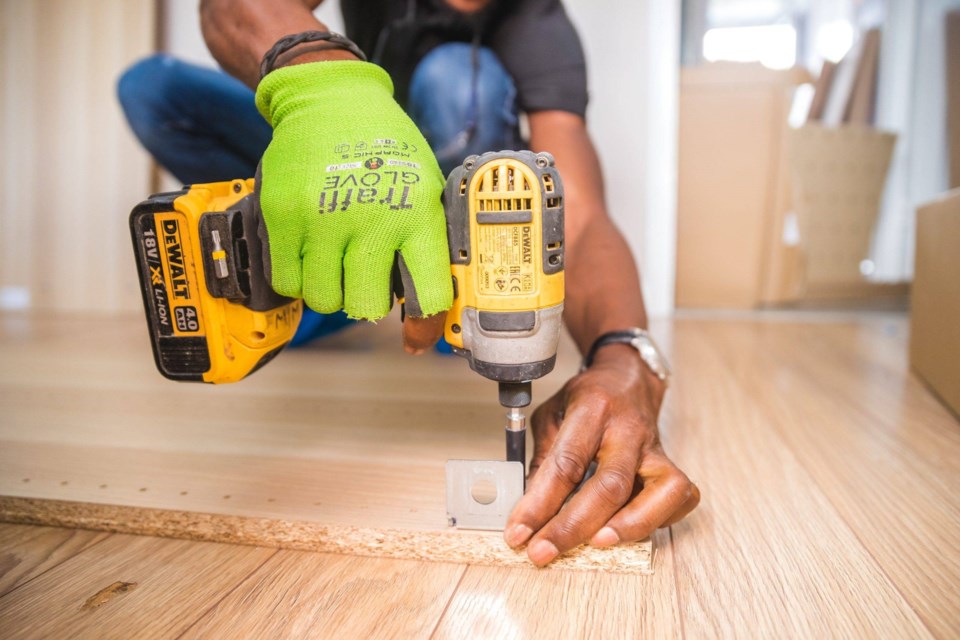This is the third in a three-part series looking at a new report on wage and employment disparities between Black and white New Yorkers. In part one, we dug into the data. In part two, we looked at possible explanations for the disparities. In our final part, we delve into what needs to be done.
To tackle the stark racial inequities in New York's economy, all sectors must work together to create a unified plan of action.
And no matter the scale of the challenge, closing these gaps should be the city's highest priority, Center for an Urban Future Executive Director Jonathan Bowles says.
Center for an Urban Future has highlighted the huge economic disparities between Black and white New Yorkers in a new report, showing stark differences in employment levels and wages in the city.
Bowles said to tackle the issue, a long-term dedicated response is needed, especially to reemerge equitably from the COVID-19 crisis.
Policymakers will need to take strong steps to help Black New Yorkers gain footholds and advance in well-paying fields, including increasing access to postsecondary credentials and high-quality job training and business development, while industry leaders need to develop and expand strategies and partnerships, he said.
"There are real deep-seated problems here that aren't simple or easy to fix, but need to be addressed and have to become priorities."
Workforce development
Annie Garneva of New York City Employment and Training Coalition (NYCETC) said one of the main reasons disparities remained in the city was because programs had been siloed in the past: "One government program will do a thing over here, and a private-led program will do a thing over there."
In order to make any progress on the situation, all sectors had to work together, she said. And a big part of that meant supporting programs for Black and brown New Yorkers to upskill, while creating public and private pathways for them to access well-paying industries.
The NYCETC supports 170 member organizations across New York City who provide workforce development services, including helping people attain high school equivalency diplomas, apprenticeships and multiyear sector-specific certificates.
In a recent report, it found those services overwhelmingly served New Yorkers of color (89 percent), and the unemployment crisis created by COVID-19 disproportionately affected workers of color, at 68 percent.
Garneva said the most successful workforce programs were the ones that supported the whole person to access a career path, rather than "rapid attachment" interview prep and resume building. Those wraparound services included mentorships, career advice and training, communication and confidence building and, importantly, addressing childcare needs.
Employees must get on board
But reducing racial disparities in the city's economy will take more than education and workforce development. Employers had a large role to play, Garneva said.
"We've been trying to push employers away from credentials such as bachelor's degrees to focus on skills-based and competency-based hiring," she said, adding that this practice greatly diversifies the hiring pool.
At the moment, there was interest among New York employers, but it was more of a "drip drip" with employers, rather than a plan for systemic change. Although she supported individual businesses prioritizing skills training, there needed to be a more integrated approach.
"There needs to be training for businesses on inclusion, not just diversity and inclusion initiatives, but full restructuring and the vision needs to be public-led," she said.
That systemic change had to be done with the input of government, business, community-based organizations, educational institutions and labor. And, Garneva stressed, it must be led by Black and brown communities who had typically been excluded from economic opportunities.
Community-led
Ganeva cited the recent creation of the South Brooklyn Maritime Shipping Hub with an integrated employment training center for the community as a good example of collaboration for equitable employment.
She added the Brooklyn Navy Yard, where small business and local community were brought together, was another example of the type of programs NYCETC was pushing for.
With all the new sustainability and energy jobs on the horizon, the city needed to look at how to train the local workforce and have programs across the five boroughs, particularly in Black and brown communities, that funneled into employment opportunities.
She said upskilling community members across New York and spreading programs across the city was a win-win, and that education and access to employment needed to be socially understood as a "public right" for all.
Strong policy as a guide
The COVID-19 pandemic has only exacerbated economic gaps between Black and white New Yorkers, while highlighting inequality in healthcare, education, policing, food justice and more.
To close these gaps, policy leaders will have to take strong action. Brooklyn Borough President Eric Adams told BK Reader the crises faced over the past few months have not put other crises in our city on hold. "If anything, they have exacerbated them," he said.
"The demand for basic necessities like affordable housing, access to health care, jobs with decent wages, a law enforcement apparatus that protects and serves on an equitable basis, and so much more is even greater now, and vulnerable communities are disproportionately those with the greatest level of need."
Adams said the city's recovery had to be centered on justice and equality, "beginning to undo historical wrongs that have plagued our city since long before coronavirus arrived on our shores."
The months and years ahead would be challenging for the city, "but by adopting smart, forward-thinking policy solutions, we can rebuild New York stronger, fairer, and more just for all."




